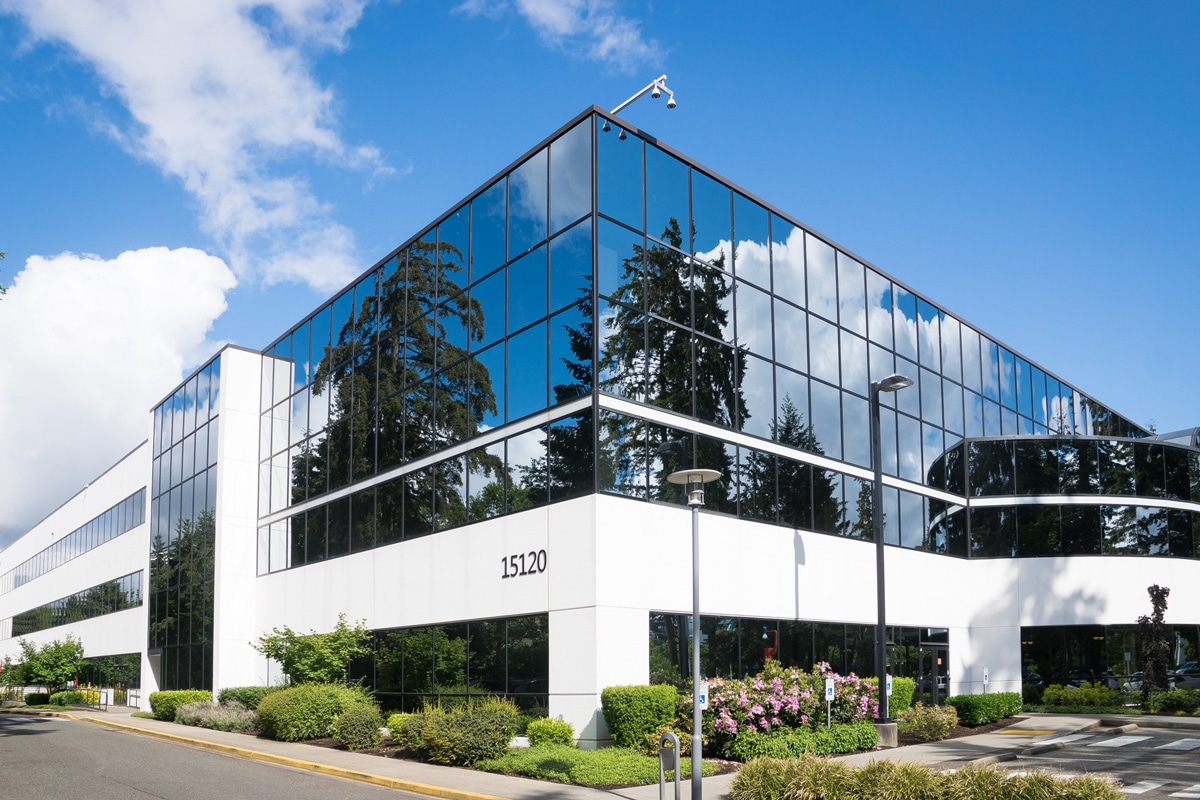There’s no doubt that vacant land can be a profitable business venture. But before you can start reaping the benefits, there are a few things you need to know. In this Ultimate Guide, we’ll walk you through the entire process of turning your vacant land into a thriving business premise. From assessing the market and choosing the right designs to set up shop and attracting tenants, we’ve got you covered! So, sit back and let us show you how it’s done!
Assessing the Market:
The first step in turning your vacant land into a profitable business is to assess the market. This means researching and analyzing local demand for the products or services you plan to offer. By doing this, you’ll get a better idea of what kind of business will work best in your area and how much competition you can expect from other businesses offering similar services. You should also think about any potential zoning issues that may arise when setting up shop on your property, as well as any special permits or licenses needed for the type of business you plan to operate.
You should also put some time into researching the local economy, as well as any available government grants or programs that may help you kickstart your venture. Doing this will give you a better understanding of what the area can offer and how much potential there is for growth.
Choosing the Right Designs:
Once you’ve identified a viable market for your business, it’s time to start thinking about design. This means selecting the right architectural products on ArchiPro for an optimal layout and design for your business premise. It’s important to consider how your customers will interact with the space you are creating. Are there any obstacles they may encounter? Will it be easy for them to find their way around? Is there enough parking available?
The type of design you choose can significantly influence the success of your business. Do some research into customer preferences and make sure that you have taken into account all aspects of their experience when choosing a design. Consider elements such as colors, lighting, furniture, amenities, signage, and more.
You should also think about using sustainable materials in order to reduce waste and improve energy efficiency in the building. Utilizing eco-friendly features will give customers peace of mind that you are doing your part to protect the environment.
Finally, it’s important to think about safety when designing your business premise. For example, install security systems and CCTV cameras throughout the building, as well as emergency exits in case of a fire or other disaster. This will make customers feel safe and give them confidence that you take their safety seriously. You may also want to seek liability insurance to cover any damages or injuries that may occur on your premises.
By considering all these factors when choosing a design for your business premise, you can ensure that it is optimized for success and that customers have a pleasant experience during their visit.
Getting the building permits:
Once you have a plan in place, the next step to transforming your vacant land into a profitable business premise is getting building permits. You must follow all local laws and codes when constructing the building or making any modifications.
It is important to ensure that all of the plans for the property meet these requirements. The specific types of permits required will depend on what type of business you intend to operate and how many people will be working at the premises. It is essential to do your research and seek professional help when necessary in order to ensure that your business premise passes inspection.
In most cases, it is important to provide an architect’s drawings along with your application for a building permit so that the local authorities can get an accurate view of your plans. This will help speed up the process and increase the permit’s chances of approval. Additional permits may be required if you plan to install any type of mechanical equipment, such as central air conditioning or a generator. Before making any modifications, it is best to check with your local officials first.
You can also hire a professional contractor familiar with the local building codes to ensure that all planned modifications are performed correctly and in compliance with applicable laws. This can save time and money in the long run.
Building the premise:
Once you have the plans for your business premise drawn up and approved, it’s time to start building. This is the most expensive part of establishing a successful business on vacant land, but it doesn’t need to be a major financial burden if done right.
The first step is to decide what type of construction will be used. If you are constructing a retail store, hospital, or any other commercial building, then steel frame construction (also known as light gauge steel) is an excellent option. It offers flexibility in terms of design and is far cheaper than traditional brick-and-mortar construction. Steel frame construction also requires less maintenance than brick-and-mortar buildings since they are easier to clean and require fewer repairs over time.
Once you have decided on the construction type, it’s important to find reliable contractors who will build your business premise according to your plans and specifications. Make sure they understand your vision and budget before signing any contracts so there won’t be any surprises along the way. It is also crucial to consider safety regulations when building your business premise and any additional permits or licenses required by local authorities to operate.






